Introduction
Orange juice, a beverage revered globally for its refreshing tang and vibrant flavor, has long been a staple in breakfast routines, cocktail mixes, and health-conscious diets. While store-bought varieties offer convenience, the allure of homemade orange juice lies in its unparalleled freshness, customizable sweetness, and the satisfaction of creating something from scratch. This article delves into the intricacies of crafting the perfect glass of orange juice, exploring everything from selecting the finest oranges to mastering advanced juicing techniques. Whether you’re a novice in the kitchen or a seasoned home chef, this guide will equip you with the knowledge to elevate your morning ritual or impress guests at your next brunch.
Chapter 1: Understanding Orange Varieties
Not all oranges are created equal. The key to exceptional juice begins with understanding the nuances of different orange varieties. Navels, Valencias, blood oranges, and mandarins each offer unique flavor profiles, juice yields, and levels of sweetness.
- Navel Oranges: Renowned for their seedless flesh and easy-to-peel skin, navels are a popular choice for fresh consumption. Their juice, however, tends to be slightly less acidic and may lack the complexity of other varieties.
- Valencia Oranges: Often labeled as “juicing oranges,” Valencias are prized for their high juice content, balanced sweetness, and tangy finish. Their thin skin and minimal pith make them ideal for extraction.
- Blood Oranges: With their striking crimson flesh and berry-like undertones, blood oranges add a visual and gustatory flair to juice. Their seasonal availability (typically winter months) makes them a coveted ingredient.
- Mandarins and Clementines: Smaller and sweeter than traditional oranges, these varieties are perfect for those who prefer a milder, less acidic juice.
When selecting oranges, prioritize firmness, vibrant color, and a sweet aroma. Avoid fruits with soft spots, mold, or a dull hue, as these indicate spoilage or premature harvesting.
Chapter 2: Essential Tools and Equipment
The right tools can transform the juicing process from a chore into a therapeutic ritual. Here’s a breakdown of must-have equipment:

- Citrus Juicer: Available in manual and electric variants, these tools are designed to extract maximum juice with minimal effort. Manual juicers, such as the classic hinged lever style, are affordable and portable, while electric models offer speed and convenience.
- Citrus Reamer: A simple, handheld tool with a ridged cone, perfect for small batches. Ideal for travel or minimalist kitchens.
- Blender: For those who prefer a pulpy texture, blending whole orange segments (peel removed) and straining the mixture yields a nutrient-rich juice with added fiber.
- Fine-Mesh Strainer or Cheesecloth: Essential for separating pulp from juice, ensuring a smooth, silky consistency.
- Glass Pitcher or Mason Jar: Store your juice in airtight, non-reactive containers to preserve freshness and flavor.
Chapter 3: Preparing Your Oranges
Proper preparation ensures optimal juice yield and flavor:
- Washing: Rinse oranges under cool water to remove dirt, pesticides, or wax coatings. For organic produce, a vinegar-water solution (1:3 ratio) can eliminate residual bacteria.
- Temperature: Room-temperature oranges yield more juice than chilled ones. If refrigerated, let them sit for 30 minutes before juicing.
- Rolling: Gently roll each orange on a hard surface with the palm of your hand. This breaks down internal membranes, making juicing easier.
Chapter 4: Juicing Techniques
Method 1: Manual Citrus Juicer
- Cut the orange in half crosswise.
- Place one half cut-side down on the juicer’s reamer.
- Press down and twist the handles to extract juice.
- Repeat with the remaining halves.
Method 2: Electric Juicer

- Halve or quarter the oranges.
- Feed them into the juicer’s chute, ensuring even pressure.
- Collect the juice in the attached container.
Method 3: Blender Method
- Peel the oranges, removing as much pith as possible.
- Toss the segments into a blender with a splash of water.
- Blend on high until smooth.
- Strain through cheesecloth to remove pulp.
Chapter 5: Enhancing Flavor and Texture
Homemade orange juice is a canvas for creativity. Experiment with these additions:
- Sweetness: A teaspoon of honey, agave, or maple syrup can balance tartness.
- Herbs: Fresh mint, basil, or thyme leaves add aromatic complexity.
- Spices: A pinch of cinnamon, ginger, or cardamom imparts warmth.
- Citrus Zest: Grate the outer peel (zest) before juicing for intense floral notes.
- Carbonation: Mix with sparkling water for a refreshing spritzer.
Chapter 6: Storage and Shelf Life
Fresh orange juice is perishable. To maximize longevity:
- Refrigeration: Store in airtight containers for up to 3 days.
- Freezing: Pour juice into ice cube trays and transfer to freezer bags. Thaw cubes for individual servings.
- Avoid Oxidation: Limit exposure to air by filling containers to the brim.
Chapter 7: Health Benefits of Fresh Orange Juice
Beyond its delightful taste, orange juice boasts impressive nutritional credentials:
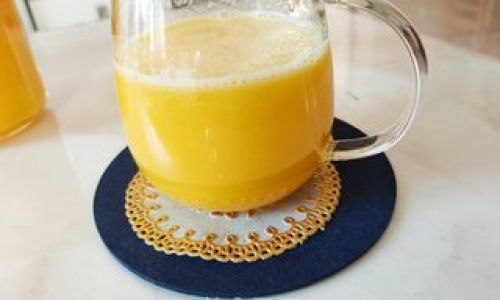
- Vitamin C: A single cup provides over 100% of the recommended daily intake, boosting immunity and skin health.
- Antioxidants: Flavonoids like hesperidin combat inflammation and oxidative stress.
- Hydration: With 88% water content, it’s a refreshing way to stay hydrated.
- Folate and Potassium: Essential for cell repair and heart function.
Chapter 8: Troubleshooting Common Issues
- Bitter Aftertaste: This may stem from the pith (white membrane) or seeds. Use a strainer to remove debris.
- Pulp Texture: Adjust blending time or strainer mesh size to achieve your desired consistency.
- Separation: Natural pectin causes juice to separate. Stir gently before serving.
Chapter 9: Advanced Techniques and Recipes
Orange-Carrot-Ginger Elixir
- Ingredients: 4 oranges, 2 carrots, 1-inch ginger root.
- Method: Juice ingredients together. Serve over ice with a lemon wedge.
Creamy Orange Dreamsicle
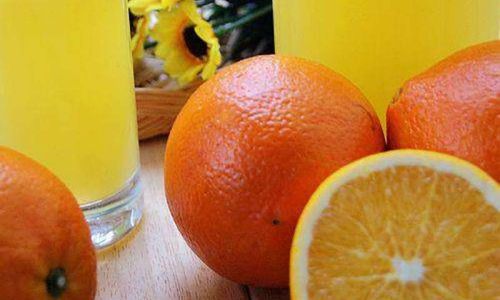
- Ingredients: 2 cups orange juice, 1 cup almond milk, ½ frozen banana.
- Method: Blend until smooth. Top with a sprinkle of cinnamon.
Spicy Orange Mimosa
- Ingredients: 1 cup orange juice, ½ cup chilled prosecco, dash of cayenne.
- Method: Combine in a flute. Garnish with an orange twist.
Chapter 10: Sustainability Tips
Reduce waste by repurposing orange peels:
- Zest: Freeze for future recipes.
- Cleaning Agent: Use peels to scrub kitchen surfaces or deodorize garbage disposals.
- Infused Vinegar: Simmer peels in vinegar for a citrus-scented cleaner.
Conclusion
Crafting homemade orange juice is a rewarding endeavor that transcends mere sustenance—it’s an act of culinary artistry. By selecting premium oranges, mastering juicing techniques, and experimenting with flavors, you can create a beverage that rivals gourmet cafés. Whether enjoyed solo or shared with loved ones, a glass of freshly squeezed orange juice embodies the joy of simplicity and the power of nature’s bounty. So grab your juicer, embrace the process, and savor every sip of your liquid sunshine.
Epilogue: The Joy of Ritual
In a world of haste, the act of juicing oranges invites mindfulness. The rhythmic squeeze of citrus, the aroma filling your kitchen, and the first tangy sip—these moments anchor us in the present. Let this guide be your companion in discovering the magic of homemade orange juice, one orange at a time.
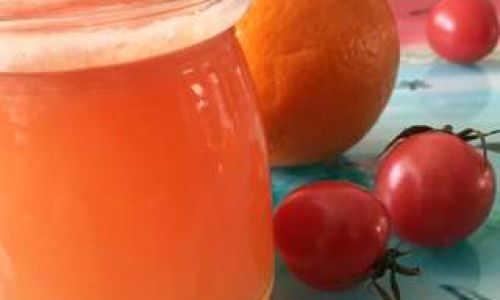
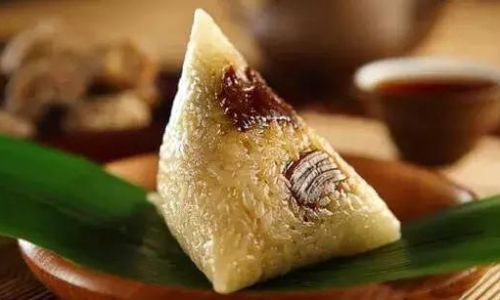
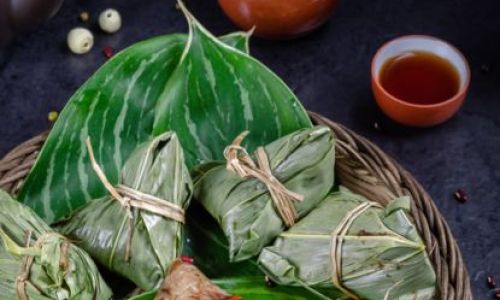
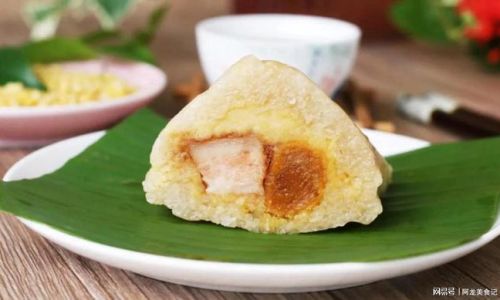
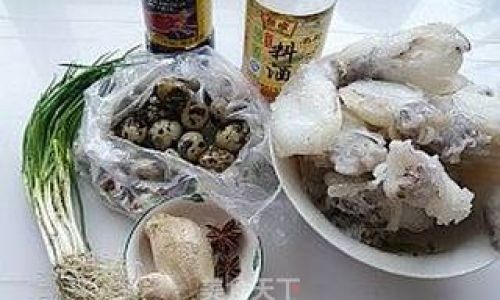
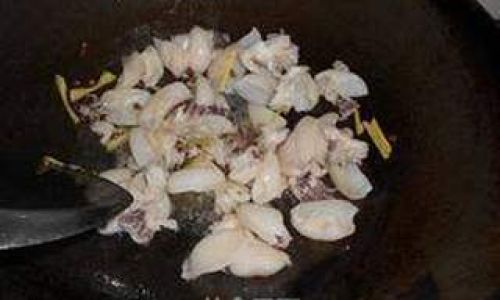

0 comments